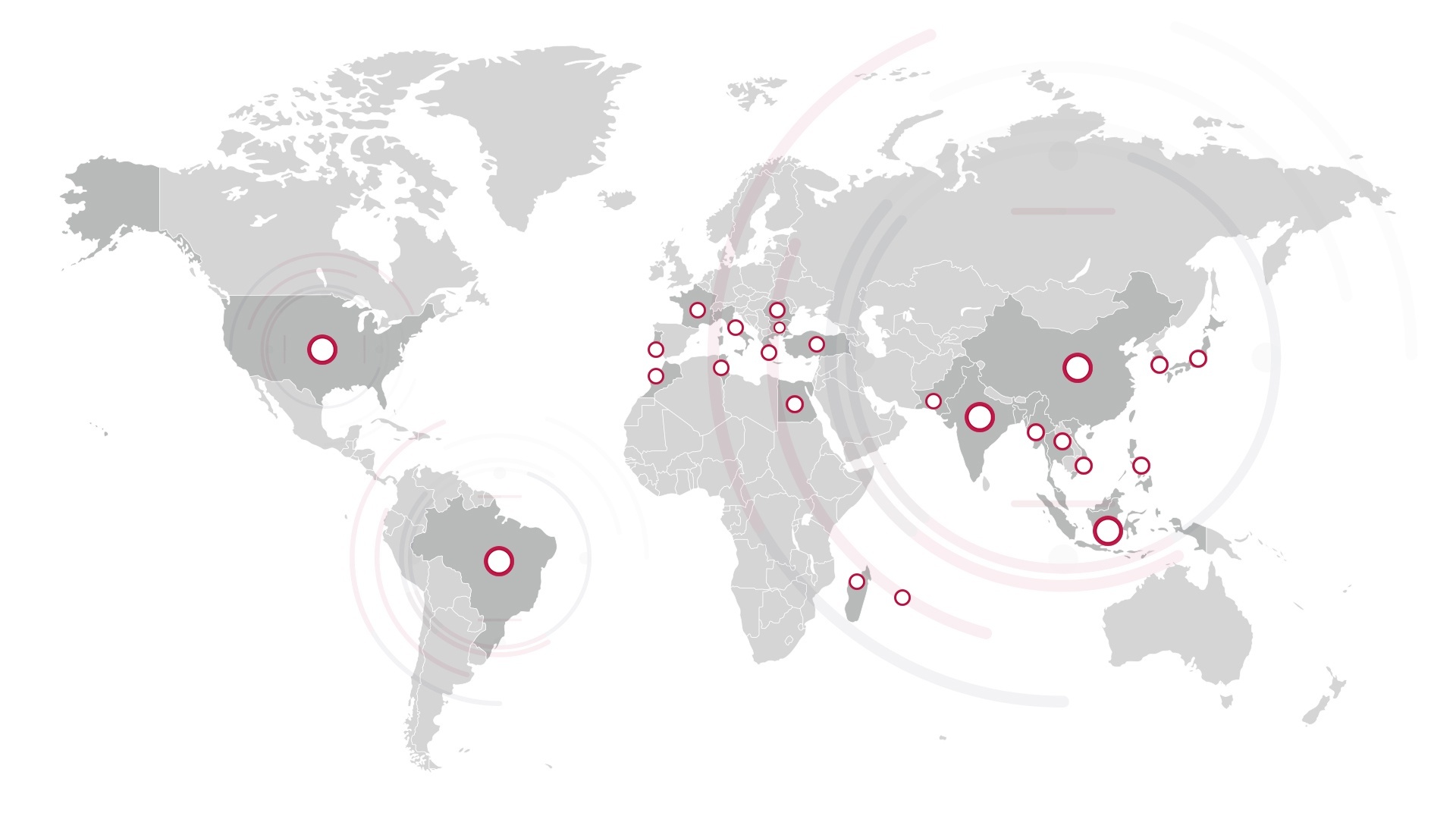Adhering to set standards, practices, industry rules and government regulation is crucial, no matter which industry you work in. However, in the apparel industry, conforming to recognized standards of production is one of the most important steps in order to produce high-quality products while achieving production goals and maximizing profits.Social compliance for garment factories can be difficult to achieve and are sadly not always being implemented in apparel factories around the world, mainly because it costs organizations money to be socially compliant. Additionally, garment factories are located predominantly in developing countries around the globe, such as China, Bangladesh, and India where cheap, forced or child labor often go undetected.
There is no way around social compliance in the apparel industry, and there are many unfavorable consequences of not meeting social compliance standards or working with noncompliant factories. Many brand owners don’t realize that adhering to social compliance regulations has many benefits and leads to higher revenue in the long run.
The Benefits on Social Compliance for Garment Factories
An article titled, The Value of Social Compliance states that one of the biggest challenges production facilities face, particularly in China is a high staff turnover rate of 30%. The direct and indirect costs involved with replacing staff members every 3 years is immense, which includes the cost of retirement, selections, training as well as loss of productivity.
Because the apparel industry relies heavily on human resources, a safe environment and good working conditions are necessary for loyal workers who ensure that production is fast, reliable, and efficient. Providing safe factory working conditions reduces a factory’s staff turnover because the workers enjoy the organization they work for which inevitably leads to higher productivity, commitment, and performance. Additionally, manufacturers that view garment factory social compliance as a necessity, experience economic benefits for both the factory and the workers as workers who are better-off are more empowered and are happy to work towards achieving company goals. Less money will need to be spent on goods that contain defects or made poorly as workers are confident in producing garments that meet the set standards regarding design, texture, quantity and most importantly, quality. Being known as a brand or organization that is socially compliant also has favorable effects on your brand reputation and customer loyalty.
Download our eBook: How Apparel Brands and Retailers are Perceived Through The Lens of CSR & Quality
Garment factory social compliance: The SA800 Standard
For garment factories to be socially compliant, the 9 requirements of the SA8000 Standard needs to be met. The SA8000 standard is one of the world’s leading social standards used for measuring social compliance and implementing international labor standards. It was established by a non-governmental, multi-stakeholder organization named Social Accountability International who strives to eliminate sweatshops by promoting ethical working conditions, labor rights, corporate social responsibility and social dialogue.
The 9 SA8000 social compliance requirements are:
- Child labor: No children younger than 15 years of age may be employed by a factory.
- Forced labor: No person may be employed by a factory if they haven’t offered to do so voluntarily or be forced to work under the threat of punishment or retaliation.
- Health and safety: A safe and healthy workplace environment must be provided by the factory who should also prevent any potential health and safety incidents and work related injury or illness from occurring.
- Freedom of association and collective bargaining: All staff have the right to form, join and organize trade unions and to bargain collectively on their behalf.
- Discrimination: A factory is prohibited from engaging in discrimination in hiring, remuneration, access to training, promotion, termination or retirement.
- Disciplinary practices: A factory is prohibited from engaging in or tolerating the use of corporal punishment, mental or physical coercion or verbal abuse of employees.
- Working hours: A factory must comply with applicable laws, collective bargaining agreements and industry standards on working hours, breaks and public holidays.
- Remuneration: The right of staff to a living wage must be respected by the factory.
- Management systems: Compliance must be reviewed and implemented to the SA800 Standard through developed policies and procedures.
As mentioned above, even though set compliance standards exist, garment factories around the world are still found in violation of social compliance and are charged on counts of unfair wages, extensive working hours, exceeding local over time limits, health and safety violations and more. These violations have led to many tragic occurrences which could easily have been prevented, such as the Bangladesh garment factory explosion which occurred earlier this year, killing 10 workers and injuring 50. Therefore, social compliance can’t be overlooked.
It is essential for garment factories to consider conducting a social compliance audit. A social compliance audit can be used as a measuring tool for determining a factory’s social compliance standards but is not a solution for ensuring that social compliance standards are met. Social compliance is difficult to achieve, but working with a textile management solution provider, minimizes the consequences of not meeting social compliance standards and helps to establish an improvement plan going forward.
Do you have any questions on how to conduct a social audit? Do you have any questions about the apparel industry in general?





